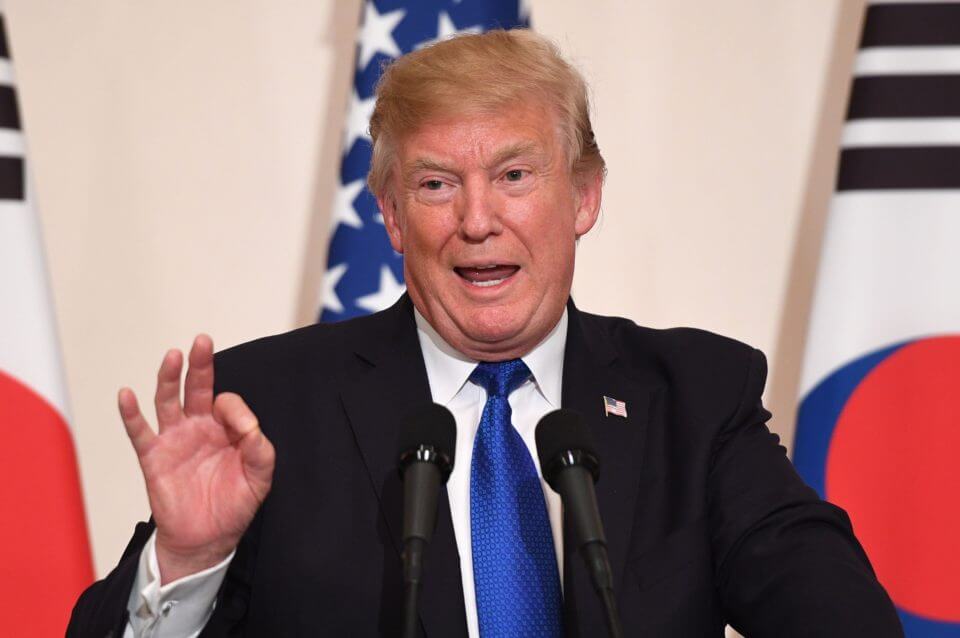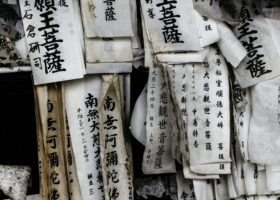
“It’s time to rethink our trade relationship with China, and so far, President Trump has taken the appropriate measures to set it right.”
Editor’s Note: Merion West is pleased to feature, from time to time, the perspectives of students and younger people in our articles and dialogue.
One of President Trump’s fundamental campaign promises was to fix our broken trade relationship with China. There is some speculation that a trade deal could be signed as soon as the end of May; however, pundits have criticized the tactics being used to bring China to the trading table, namely the billions of dollars worth of tariffs placed on Chinese goods. Free trade champions frown on tariffs, subsidies, and import/export quotas as market distortions that raise the cost for both consumers and producers. Free trade advocates correctly point out that globalization and the lowering of trade barriers has reduced people living under the global poverty line from 35% to 10.7%, as well as raising the income of the bottom 40% of the global population nearly 50%. On an aggregate scale, there is no doubt free trade has bettered humanity and lifted countless people out of misery and starvation.
The idea behind free trade is that the countries engaging in trade are relative free-market economies that don’t have massive government interference in the economy. Free-markets allow capital to flow freely, innovative products and services to be produced, and lower prices for consumers through competition and market efficiency.
However, China is still far from a free market economy. According to the Heritage Foundation’s annual economic freedom index, China ranks 100 out of 193 countries with noticeably low marks for property rights and business freedom. Since 2001, when China joined the World Trade Organization (WTO), government subsidies have financed over 20% of the expansion of manufacturing capacity within the country. The massive subsidization of particular industries has led to excess capacity of certain goods, like steel and aluminum, on the global market. American companies aren’t competing in free trade conditions anymore; they are competing with companies bankrolled by the Chinese government.
Furthermore, environmental regulations in the United States, which attempt to account for externalities like pollution, create added costs for firms in order to meet EPA standards. It is because of environmental consciousness that the United States is ranked 27 out of 193 countries on the Environmental Performance Index while China is ranked an abysmal 120. One reason why is because roughly 63% of groundwater in China is categorized as “bad to very bad” due to agricultural and coal pollution. When environmental impact is far from being a concern, like in China, companies can sell their goods for less.
One of the major sticking points in the upcoming trade deal has also been forced technology transfers and intellectual property theft, which costs the United States between $225 and $600 billion dollars annually according to the office of the U.S. Trade Representative. The ramifications of intellectual property theft extend beyond creating an unfair economic playing field. China’s new stealth fighter, the J-20, closely resembles the F-22 produced by Lockheed Martin which of course makes sense since the technology was stolen during a cyber attack. In 2014, a Chinese national was indicted by a federal grand jury for stealing trade secrets from Boeing which produces the C-17 military transport aircraft. And, in November, 2018 The Washington Post even ran an editorial entitled “The U.S. must take action to stop Chinese industrial espionage” after a “state-owned Chinese” company sought to steal information from the American semiconductor company Micron.
President Trump is right to take China to task and fight back against the economic warfare they have conducted in our trade relationship. The degree to which they have stolen intellectual property, ignored massive environmental concerns, and subsidized domestic industries calls for accountability and forcible action. Free traders shouldn’t criticize President Trump and his use of tariffs as a long standing, protectionist policy. If they really want free trade, free trade advocates need to understand that we aren’t dealing with a free-market economy. Instead we are dealing with a jingoistic, state-run system. Tariffs are a weapon to bring China to the table and enforce a potential deal that aims to correct years of abuse and negligence.
It’s time to rethink our trade relationship with China, and so far, President Trump has taken the appropriate measures to set it right.
Matthew Mai is a student at Rutgers University.












This is so right and the corona virus debacle coming out of China only underscores the point that a communist is a liar and deceiver always. That ‘s how they rule from Stalin to Mao to Xi Ping. That we allowed our supply chains to be highjacked by this country only furthers the argument of the naivete and opportunism in our politicians and our industry as they essentially sold our country down the river on the altar of globalism which is another failed ism and of course the money. How do you like the world economy now? I’m glad Trump is president and see clearly why he is attacked so vociferously.